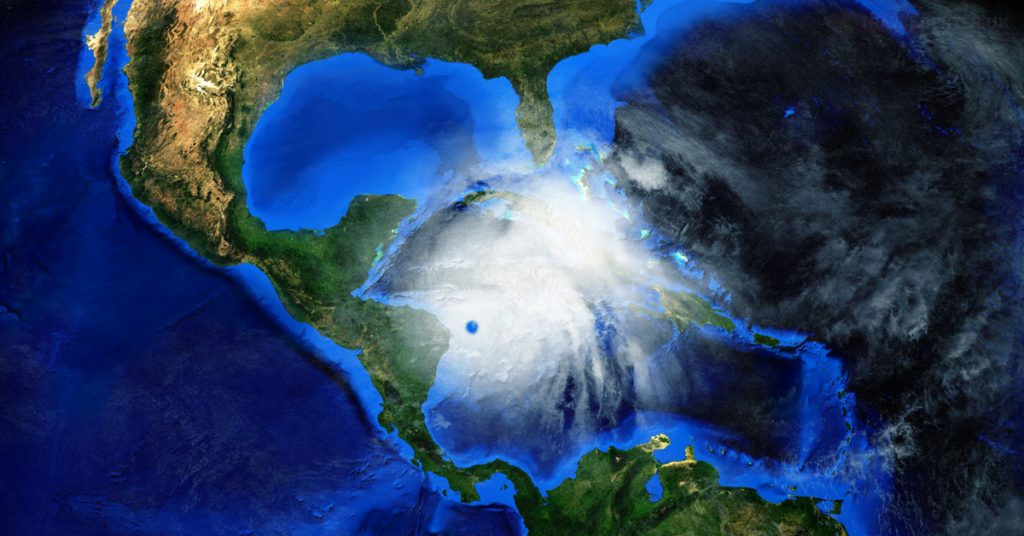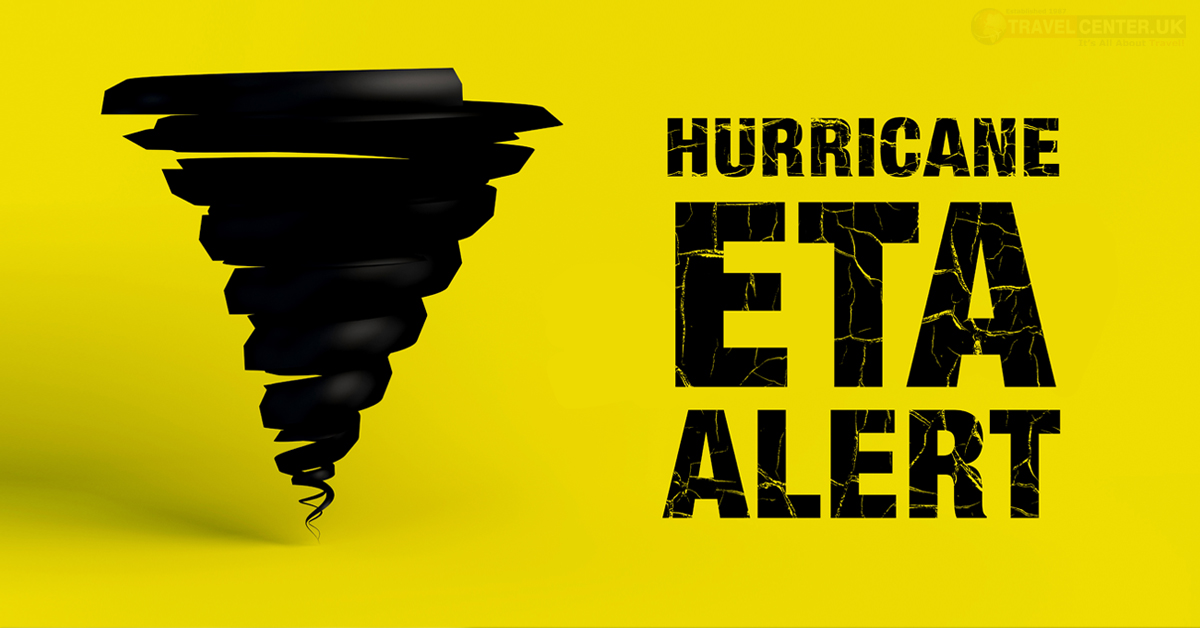Hurricane Eta bashed and caused landfall in north-eastern Nicaragua on Tuesday afternoon. The US National Hurricane Center said it could possibly cause days of devastating floods in some parts of Central America. The hurricane came from south Florida’s city of Puerto Cabezas, on the Nicaraguan north-eastern coast, with a storm surge and disastrous winds happening across parts of Central America, said the officials of the National Hurricane Center.
The storm had sustained maximum winds nearing 140 mph at landfall. However, by Tuesday night, its storm had decreased to a Category 2 storm with winds hauling up to 105 mph.
Massive destruction took place as the storm took down trees, power lines and destroyed the roofs of houses, and is causing flooding in one of Nicaragua’s poorest regions, Puerto Cabezas. According to Reuters, Puerto Cabezas resident Carmen Enriquez said that that they are in fear as there are fallen poles, there’s flooding, and roofs were torn off. Also, a local priest said, “the city was without power, and government shelters were at capacity.” Reuters also reported that heavy rain caused by Hurricane Eta brought on the Humuya River to overflow, as the cities and towns began to flood and landslides covered roads in Honduras.

National Hurricane Center updated that a hurricane warning was in effect for a stretch of 150-miles of Nicaraguan coastline, starting from the border of the south of the Nicaraguan border to east-central Nicaragua’s Caribbean coast of the Sandy Bay Sirpi.
The storm could deliver bizarre conditions in Nicaragua and other Central American countries for days, that includes more than 3 feet of rain in remote areas of Nicaragua and Honduras within the course of this week, the National Hurricane Center stated.
Although Hurricane Eta is supposed to weaken further, it’s expected that rainfall will continue for the next few days. The current updates on Hurricane Eta state that the storm is changing course towards the mountains of Nicaragua and Honduras before it heads north toward Belize as a depression by Friday. The definite path and strength of the storm continue to be uncertain. The NHC said Hurricane Eta is expected to pass over the Caribbean later this week. It could head to Cuba by Sunday and then approach South Florida. Even though Honduras is not under a hurricane warning any longer, it still remains under a tropical storm warning, stated the NHC.
According to the UNICEF agency, almost half a million children are among the 1.2 million population who could be affected by the storm. As a result, emergency supplies were put in place and developed a plan to respond to the needs of children and families.
The storm caused by Hurricane Eta is potentially one of the worst floods seen in Nicaragua since Hurricane Mitch in 1998, which killed over 10,000 people.
South Florida’s Weather: Torrential rain expected across Central America.
Torrential rain, severe flooding, and landslides are expected to be among the prominent warnings that might last well into the week.

Rain/weather forecasts through Sunday morning – The NHC
Much of Nicaragua and Honduras: Usually, 15-25 inches, with isolated amounts up to 40 inches.
Eastern Guatemala and Belize: Generally, 10-20 inches, with isolated amounts up to 25 inches.
Parts of Panama and Costa Rica: Generally, 10-15 inches, with isolated amounts up to 25 inches.
El Salvador and south-eastern Mexico: Generally, 5-10 inches, with isolated amounts up to 15 inches.
Jamaica, southern Haiti, and the Cayman Islands: Generally, 3-5 additional inches, with isolated storm totals over 15 inches.








